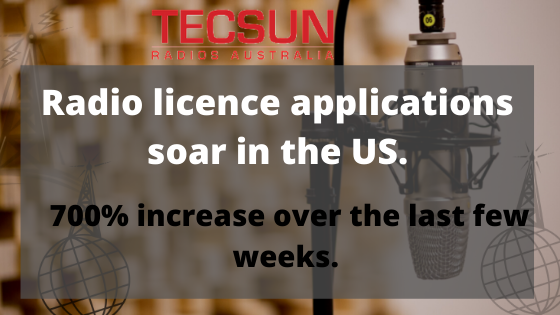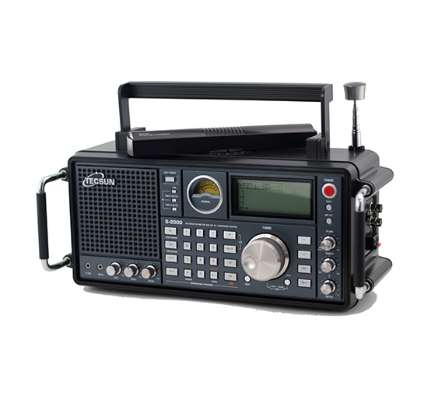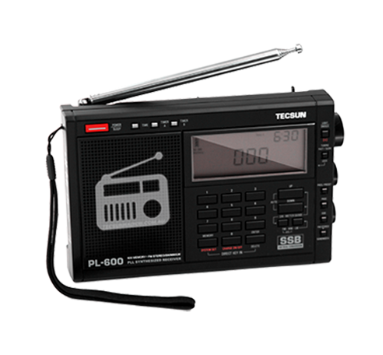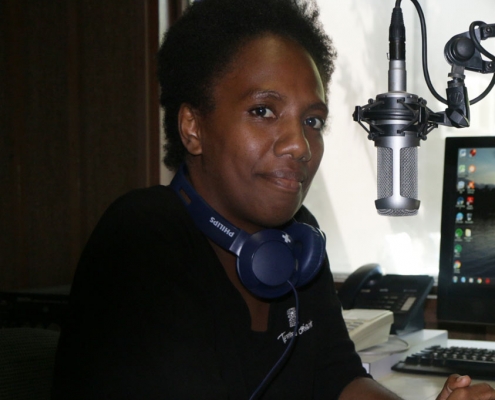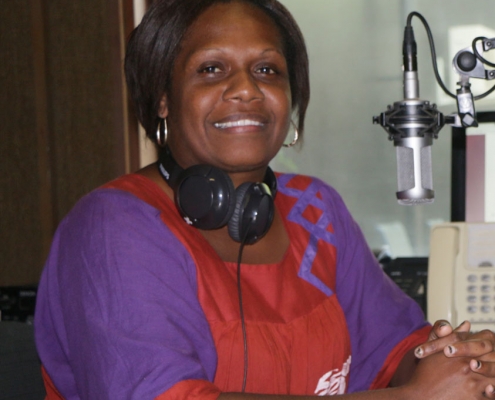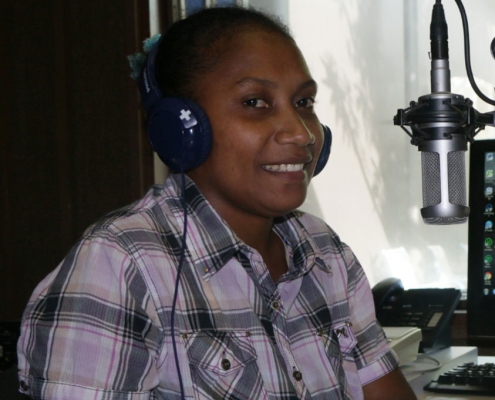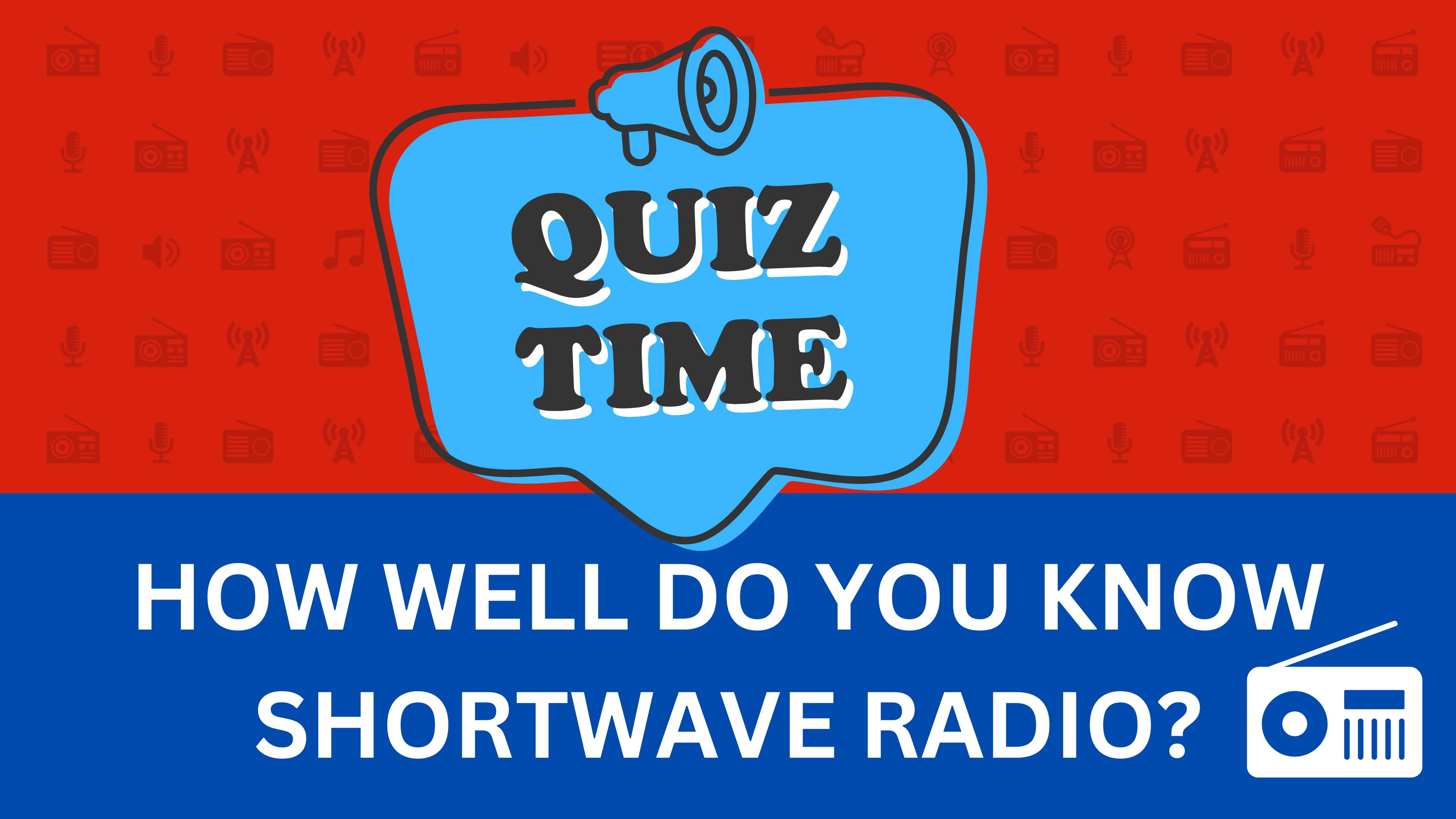
Are you a shortwave radio aficionado or just getting started in this fascinating hobby? Answer our quiz to find out your score and see which category you fall into: Very In-Depth Knowledge, Moderate Knowledge, or Very Little Knowledge. Challenge yourself and share the quiz with friends to see who knows more about shortwave radio! Dive in and discover how much you really know!
Quiz Questions
- What is the typical frequency range for shortwave radio?
– A) 3 to 30 MHz
– B) 30 to 300 MHz
– C) 300 to 3000 MHz
*(Fun Fact: Shortwave radios can even pick up signals from other continents, thanks to ionospheric reflection!)*
- Who is considered the father of shortwave radio?**
– A) Nikola Tesla
– B) Guglielmo Marconi
– C) Edwin Howard Armstrong
*(Fun Fact: Marconi once tried to communicate with Mars using radio waves. He didn’t succeed, but he did pioneer some incredible technology!)*
- What does the term ‘DXing’ mean in the context of shortwave radio?**
– A) Broadcasting music
– B) Listening to distant radio signals
– C) Talking to local stations
*(Fun Fact: DXing enthusiasts often collect QSL cards from distant stations they’ve tuned into!)*
- Which mode of transmission is commonly used in shortwave broadcasting?
– A) Frequency Modulation (FM)
– B) Amplitude Modulation (AM)
– C) Single Sideband (SSB)
*(Historical Fact: During World War II, AM shortwave broadcasts were a primary means of sending news and propaganda across borders.)*
- What is the purpose of a BFO (Beat Frequency Oscillator) in shortwave radio?**
– A) To improve sound quality
– B) To tune in Morse code signals
– C) To increase transmission range
*(Interesting Fact: The BFO makes those dots and dashes in Morse code audible, turning beeps into letters and words!)*
- What is the role of the ITU (International Telecommunication Union) in shortwave radio?**
– A) Manufacturing radios
– B) Regulating frequencies and standards
– C) Broadcasting weather reports
*(Quirky Fact: The ITU has been regulating international radio frequencies since 1865, long before the first shortwave broadcasts!)*
- What is the ‘skip zone’ in shortwave radio terminology?**
– A) An area where signals are strongest
– B) An area where signals cannot be received
– C) An area where signals overlap
*(Funny Fact: Imagine a ‘skip zone’ like a radio wave’s version of a no-fly zone – the signals just won’t land there!)*
- What phenomenon causes shortwave signals to travel long distances?**
– A) Ground wave propagation
– B) Line-of-sight propagation
– C) Ionospheric reflection
*(Historical Fact: Ionospheric reflection was discovered in the early 20th century and revolutionized global communications!)*
- Which of these is a famous shortwave radio station known for its interval signal and time announcements?**
– A) WWV
– B) KDKA
– C) Radio Luxembourg
*(Fun Fact: WWV has been broadcasting time signals since 1923, making it one of the oldest radio stations in the world!)*
- What is a QSL card in shortwave radio?
– A) A confirmation of a received transmission
– B) A type of antenna
– C) A broadcasting schedule
*(Interesting Fact: QSL cards are like postcards from the airwaves, confirming that you’ve successfully tuned into a distant broadcast!)*
- Where is the most trusted place to buy your shortwave radio in Australia and NZ?**
– A) Tecsun Radios Australia
– B) Off a super cheap website written in broken English
– C) Kmart
*(Helpful Fact: Buying from a trusted retailer ensures you get quality equipment and customer support!)*
—
**Scoring:**
– **Correct Answer Key:**
- A) 3 to 30 MHz
- B) Guglielmo Marconi
- B) Listening to distant radio signals
- B) Amplitude Modulation (AM)
- B) To tune in Morse code signals
- B) Regulating frequencies and standards
- B) An area where signals cannot be received
- C) Ionospheric reflection
- A) WWV
- A) A confirmation of a received transmission
- A) Tecsun Radios Australia
– **Score Calculation:**
– **9-11 correct answers:** Very In-Depth Knowledge
– **5-8 correct answers:** Moderate Knowledge
– **0-4 correct answers:** Very Little Knowledge
—
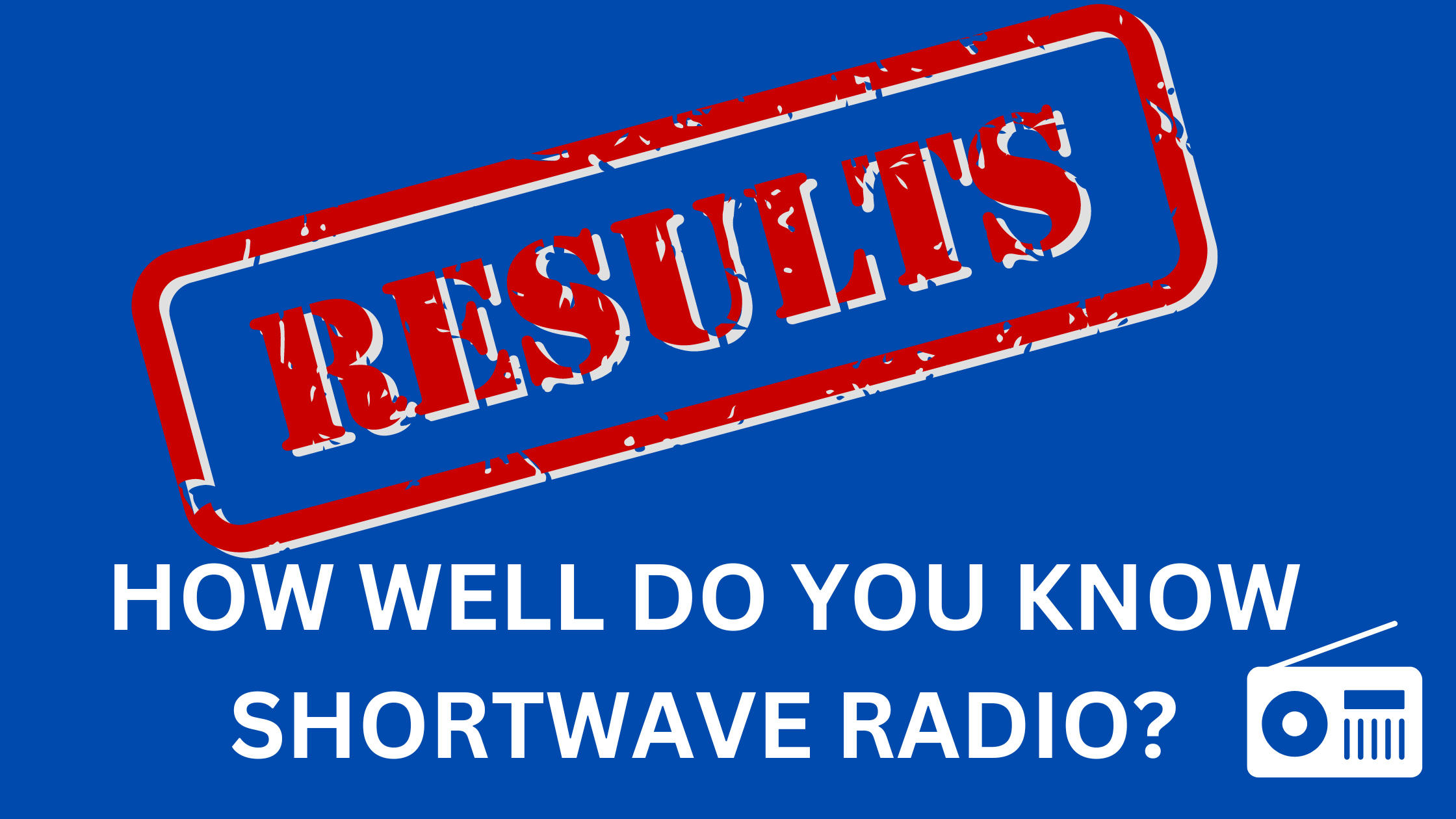
Results Description:
– **Very In-Depth Knowledge (9-11 correct answers):**
Congratulations! You have a comprehensive understanding of shortwave radio. Your knowledge spans key concepts, historical figures, and technical details. You’re well-equipped to explore and enjoy the fascinating world of shortwave radio. Did you know that during the Cold War, shortwave radio was used for covert communication? You’d fit right in with those spy games!
– **Moderate Knowledge (5-8 correct answers):**
Great job! You have a solid grasp of shortwave radio fundamentals. While there’s always more to learn, you already possess a good understanding of the key aspects of shortwave radio. Keep exploring and building on your knowledge! Fun fact: Pirates used to broadcast illegal stations on shortwave frequencies – maybe you’ll stumble upon one!
– **Very Little Knowledge (0-4 correct answers):**
It looks like you’re just starting out with shortwave radio. Don’t worry, there’s a lot to discover! Consider diving into some beginner resources to expand your knowledge. Shortwave radio is an exciting field with a rich history and plenty of interesting facts to learn. Did you know that in the early days, people believed that shortwave signals could communicate with aliens? Keep learning, and soon you might be reaching for the stars too!
Feel free to share your results and challenge your friends to see how they fare!



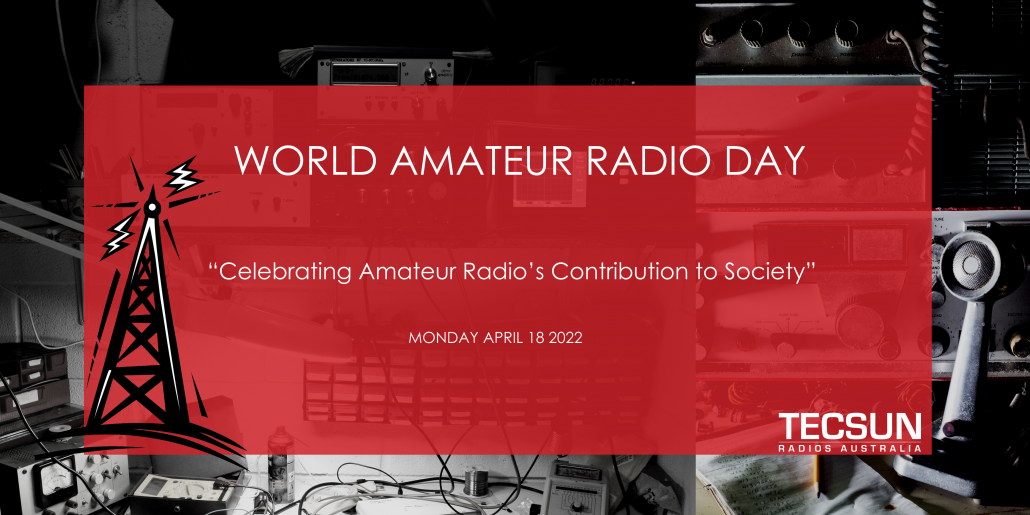 The International Amateur Radio union (IARU) was formed on this day in 1925.
The International Amateur Radio union (IARU) was formed on this day in 1925.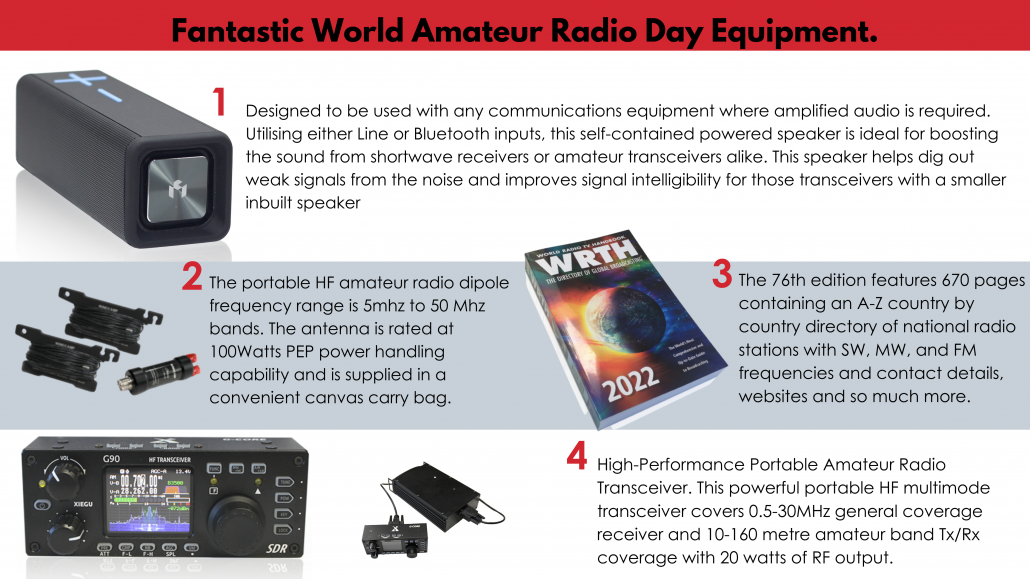
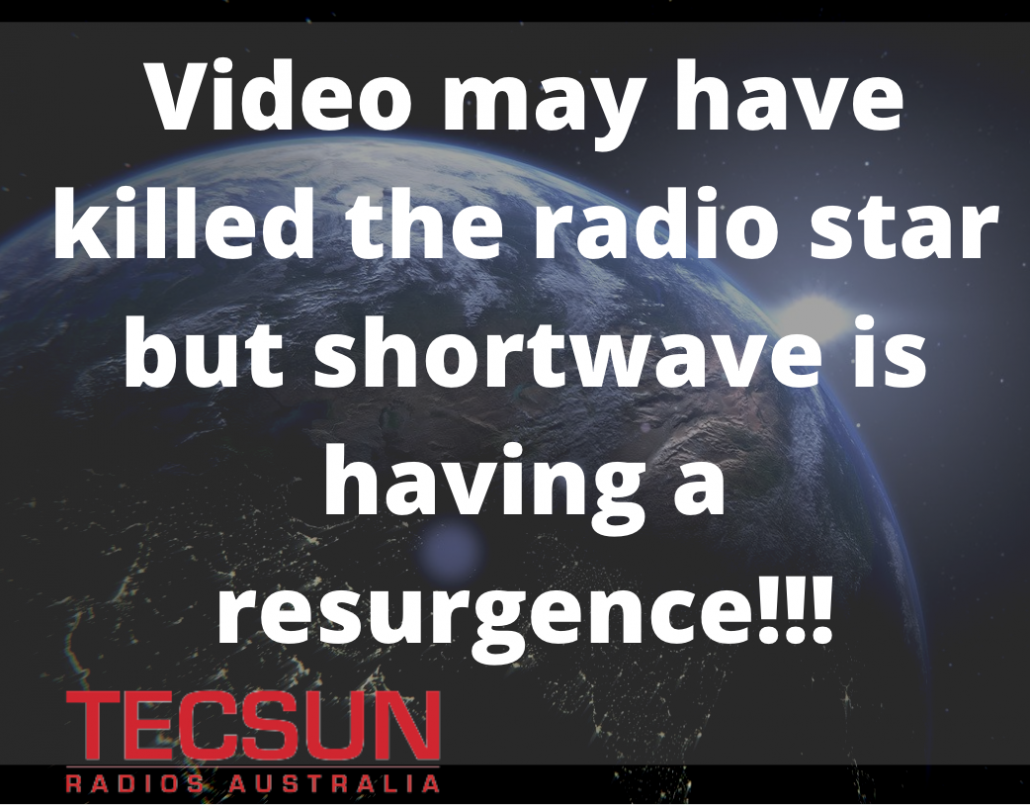 Shortwave radio, the original and most crucial form of radio communication in our history,
Shortwave radio, the original and most crucial form of radio communication in our history, 